42 3 laws of robotics
Three Laws of Robotics | concept by Asimov | Britannica Other articles where Three Laws of Robotics is discussed: science fiction: Alien encounters: Asimov's famous Three Laws of Robotics are as follows: "(1) a robot may not injure a human being or, through inaction, allow a human being to come to harm; (2) a robot must obey the orders given it by human beings except where such orders would conflict… › mechanical-faculty › williamsAn Introduction to Robotics - Ohio University in science fiction, robots do not threaten humans since Asimov invented the Three Laws of Robotics: 1. A robot may not harm a human or, through inaction, allow a human to come to harm. 2. A robot must obey the orders given by human beings, except when such orders conflict with the First Law. 3.
'Machinehood' Upgrades Asimov's 3 Laws Of Robotics In doing so, both the organization and the novel rewire Asimov's Three Laws of Robotics (the book begins with three selected demands from the Machinehood's lengthy manifesto in order to engage this...

3 laws of robotics
The 3 Laws of Robotics | I, Robot Wiki | Fandom The 3 laws of robotics were 3 commands to the code of Droids that were first originated by Isaac Asimov & appeared in the Movie I Robot ! The 3 laws are: A robot may not injure a human being or, through inaction, allow a human being to come to harm. › uk › individualiShares Automation & Robotics UCITS ETF | RBOT Mar 15, 2022 · Competitively priced and diversified access to companies that are developing technology in the fields of automation and robotics, across both developed and emerging markets. Growth potential due to major structural drivers including lower development costs, evolving technology and rising cost of labour. Three Laws of Robotics | Asimov | Fandom The Three Laws of Robotics, also called the Three Fundamental Rules of Robotics, or the Four Laws of Robotics after the addition of the Zeroth Law, are fundamental laws that are inculcated into the positronic brains of all robots in Isaac Asimov 's Robot series and more generally in his Foundation Universe.
3 laws of robotics. 3 Laws Robotics - Engineered Autonomy Solutions 3-Laws Robotics develops on-board autonomy solutions for intelligent systems from those in harsh and dynamic environments like oceans and space to production. It achieves this by integrating the systems with multi-agent tools, machine learning, environment-specific communications, autonomous decision-making, advanced sensor fusion, fault ... Three Laws of Robotics - Halopedia, the Halo wiki The Three Laws of Robotics are conditions to which artificial intelligences are subject to: A robot may not injure a human being or, through inaction, allow a human being to come to harm. A robot must obey any orders given to it by human beings, except where such orders would conflict with the First Law. Isaac Asimov's "Three Laws of Robotics" - Auburn University Isaac Asimov's "Three Laws of Robotics" Isaac Asimov's "Three Laws of Robotics" A robot may not injure a human being or, through inaction, allow a human being to come to harm. A robot must obey orders given it by human beings except where such orders would conflict with the First Law. Session 3. Shaping a Disciplinary Response in Robotics ... TOPICS. In light of the articulation of ethical questions and challenges in Session 1, and the clarification of issues around development and testing in Session 2, the last panel asks robotics and funding experts for guidance in shaping a disciplinary response in robotics to ethical issues of LAWS.
cs.stanford.edu › 1998-99 › roboticsRobotics: A Brief History - Stanford University Computer Science Asimov also proposed three "Laws of Robotics" that his robots, as well as sci-fi robotic characters of many other stories, followed: Law One A robot may not injure a human being or, through inaction, allow a human being to come to harm. Where did the Three Laws of Robotics come from ... The best known set of laws are Isaac Asimov's "Three Laws of Robotics". These were introduced in his 1942 short story "Runaround", although they were foreshadowed in a few earlier stories. The Three Laws are: A robot may not injure a human being or, through inaction, allow a human being to come to harm. Three Laws of Robotics - Prometheus Blog Recent Posts. Robot rights, practical autonomy and character-driven comedy: An appreciation of Mark Stanley's webcomic Freefall, the 2017 Special Prometheus Awardwinner Three Laws of Robotics - Wikipedia The Three Laws, quoted from the "Handbook of Robotics, 56th Edition, 2058 A.D.", are: First Law A robot may not injure a human being or, through inaction, allow a human being to come to harm. Second Law A robot must obey the orders given it by human beings except where such orders would conflict with the First Law. Third Law
Three laws of robotics and surgery - PubMed His First Law states: "A robot may not injure a human being, or, through inaction, allow a human being to come to harm. " This philosophy would directly conflict with the application in surgery. In fact, most of his robotic stories deal with robots that come into conflicts with the laws. 3 Laws of Robotics | Board Game | BoardGameGeek 3 Laws of Robotics is a lively deduction game for 4-8 players in which you know everyone's information except your own! Each round, you ask a single question to try to figure out who is on your side, being sure to obey the laws as they're added. Ask the right questions, find your team, and boot up victorious in 3 Laws of Robotics! After 75 years, Isaac Asimov's Three Laws of Robotics need ... The Three Laws Asimov's suggested laws were devised to protect humans from interactions with robots. They are: A robot may not injure a human being or, through inaction, allow a human being to come... What are Asimov's Three Laws Of Robotics? - Definition ... Asimov's Three Laws are as follows: A robot may not injure a human being or allow a human to come to harm. A robot must obey orders, unless they conflict with law number one. A robot must protect its own existence, as long as those actions do not conflict with either the first or second law.
Isaac Asimov and the Three Laws of Robotics - SciHi ... The Three Laws of Robotics 1.A robot may not injure a human being or, through inaction, allow a human being to come to harm. 2. A robot must obey the orders given to it by human beings, except where such orders would conflict with the First Law. 3.
Are the 3 laws of robotics real? 2022 - Question & Answers Are the 3 laws of robotics real? A robot may not harm humanity, or, by inaction, allow humanity to come to harm. The Three Laws, and the zeroth, have pervaded science fiction and are referred to in many books, films, and other media. They have impacted thought on ethics of artificial intelligence as well.
› hawale3 › robotics-ppt-mainRobotics ppt - SlideShare Mar 30, 2014 · Laws of Robotics Asimov proposed three “Laws of Robotics” Law 1: A robot may not injure a human being or through inaction, allow a human being to come to harm. Law 2: A robot must obey orders given to it by human beings, except where such orders would conflict with the first law. Law 3: A robot must protect its own existence as long as such ...
Three Laws of Robotics ( Complete Details) - Thordrc Three Laws of Robot ics Asimov's gives rules to safeguard people against robotic interactions. They are: A robot cannot hurt a person or enable a person to harm via inactivity. A robot must obey human beings' guidance unless such commands contradict the first law.
en.wikipedia.org › wiki › Swarm_roboticsSwarm robotics - Wikipedia Swarm robotics is an approach to the coordination of multiple robots as a system which consist of large numbers of mostly simple physical robots.It is supposed that a desired collective behavior emerges from the interactions between the robots and interactions of robots with the environment.
› watchISAAC ASIMOV's 3 laws of ROBOTICS | Horizon | Past ... Science fiction author Isaac Asimov, the mind behind I, Robot, Foundation, Bicentennial Man and The Caves of Steel, discusses his three laws of robotics. He ...
PDF Three Laws of Robotics' and Machine Metaethics Three Laws immoral. (4) Even if the machines that are actually developed fall short of being like Andrew and should probably not be considered to have moral standing/rights, it is still problematic for humans to program them to follow the Three Laws of Robotics. From (3) and (4), we can conclude that (5) whatever the status
Three Laws Of Robotics - 1619 Words | Bartleby Three Laws Of Robot Essay 1153 Words | 5 Pages. Effectiveness of Isaac Asimov`s Three Laws of Robotics In 1950 a collection of short stories by Isaac Asimov gathered under a name I, Robot was first published commencing a whole new era in the field of fiction.
3 Laws of Robotics - Robotics - Tank Top | TeePublic 3 Laws of Robotics Tank Top. Robotics Tank Top. Designed and Sold by Superhero_Suite Asimov's famous three laws of robotics in actual programming code. Color: White. Style: Size: S M L XL 2XL. Fit: Male Fit Female Fit. View Size Chart $13 $20. Add To Cart Save 35% for the next: Days Hours Mins Secs Don't love it? We'll fix it. ...
The Mystical Three Laws of Robotics - Automated Curiosity The Three Laws of Robotics are a pretty interesting topic to read about in books, see in movies and hear on the news. But, that's all it is. It's just a fancy way that did help out a lot back in the day when people were still extremely skeptical regarding the uses of robotics and whether it would help or just cause problems.
Explanation of the 3 Laws of Robotics - Futurite Asimov's 3 laws state that: "A robot may not injure a human being or, through inaction, allow a human being to come to harm." "A robot must obey the orders given it by human beings except where such orders would conflict with the First Law."
Laws of robotics - Wikipedia The Three Laws are: A robot may not injure a human being or, through inaction, allow a human being to come to harm. A robot must obey the orders given it by human beings except where such orders would conflict with the First Law. A robot must protect its own existence as long as such protection does not conflict with the First or Second Laws.
The 3 Laws that Stop Robots From Taking Over The World Isaac Asimov's 3 laws of robotics are as follows: A robot may not injure a human being or, by failing to act, allow a human being to come to harm. A robot must obey orders given to it by human beings, except where carrying out those orders would break the First Law.
Isaac Asimov's Laws of Robotics Are Wrong - Brookings Asimov's laws initially entailed three guidelines for machines: Law One - "A robot may not injure a human being or, through inaction, allow a human being to come to harm." Law Two - "A robot must...
What are Issac Asimov''s three laws of robotics? Are they ... The three laws of robotics are suggestions for how robots should operate, ideally. They are: 1. A robot must never harm a human, or through inaction allow a human to come to harm. 2. A robot must...
Three Laws of Robotics | Intelligent Robots The Three Laws of Robotics, often shortened to The Three Laws or Three Laws, are a set of three rules written by science fiction author Isaac Asimov and later expanded upon. The rules are introduced in his 1942 short story "Runaround" although they were foreshadowed in a few earlier stories. The Laws are:
Three Laws of Robotics — REMORANDOM The Three Laws of Robotics have pervaded science fiction and popular culture, and are referred to in many books, films, and other media. More recently, they have impacted thought on the ethics of artificial intelligence.
Three Laws of Robotics | Asimov | Fandom The Three Laws of Robotics, also called the Three Fundamental Rules of Robotics, or the Four Laws of Robotics after the addition of the Zeroth Law, are fundamental laws that are inculcated into the positronic brains of all robots in Isaac Asimov 's Robot series and more generally in his Foundation Universe.
› uk › individualiShares Automation & Robotics UCITS ETF | RBOT Mar 15, 2022 · Competitively priced and diversified access to companies that are developing technology in the fields of automation and robotics, across both developed and emerging markets. Growth potential due to major structural drivers including lower development costs, evolving technology and rising cost of labour.
The 3 Laws of Robotics | I, Robot Wiki | Fandom The 3 laws of robotics were 3 commands to the code of Droids that were first originated by Isaac Asimov & appeared in the Movie I Robot ! The 3 laws are: A robot may not injure a human being or, through inaction, allow a human being to come to harm.





![PDF] Beyond Asimov : The Three Laws of Responsible Robotics ...](https://d3i71xaburhd42.cloudfront.net/b32a907c70d385eb3b429bcd49a3e4f28d101721/6-Table1-1.png)

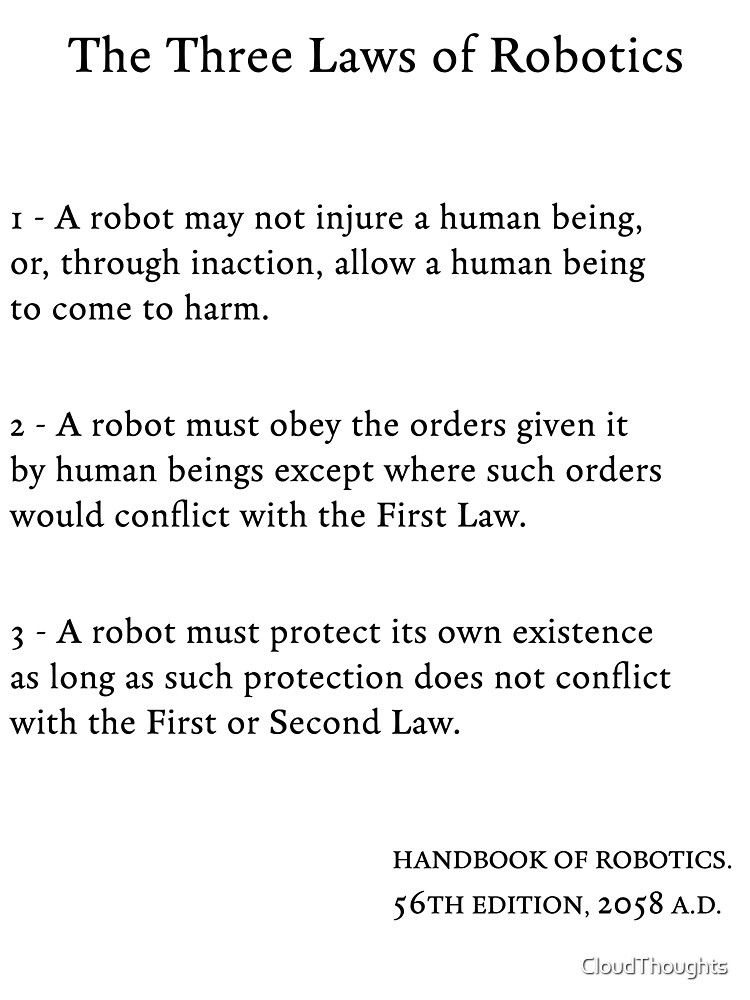

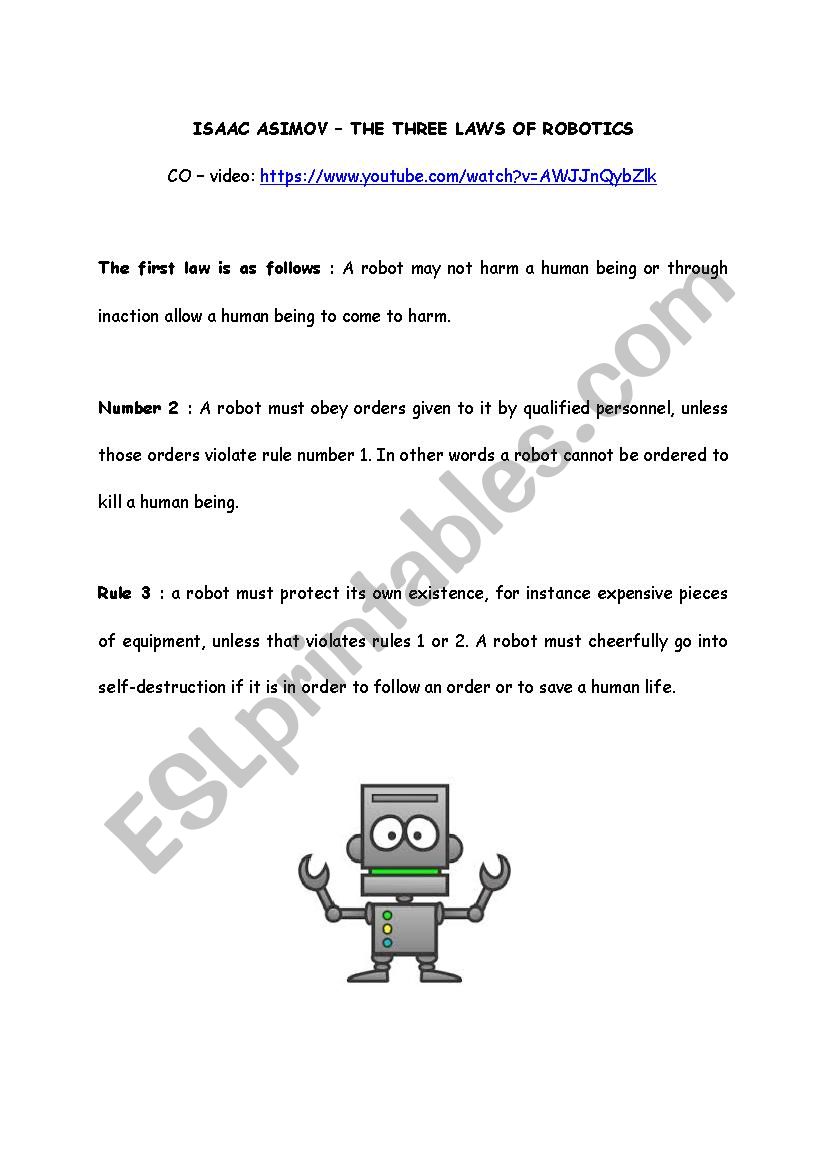
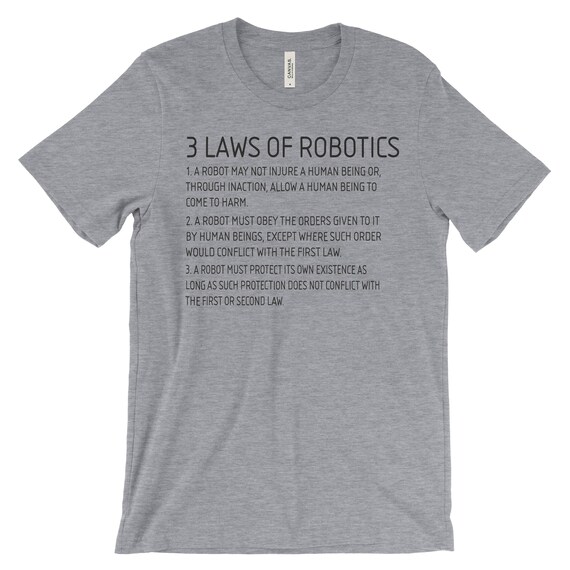

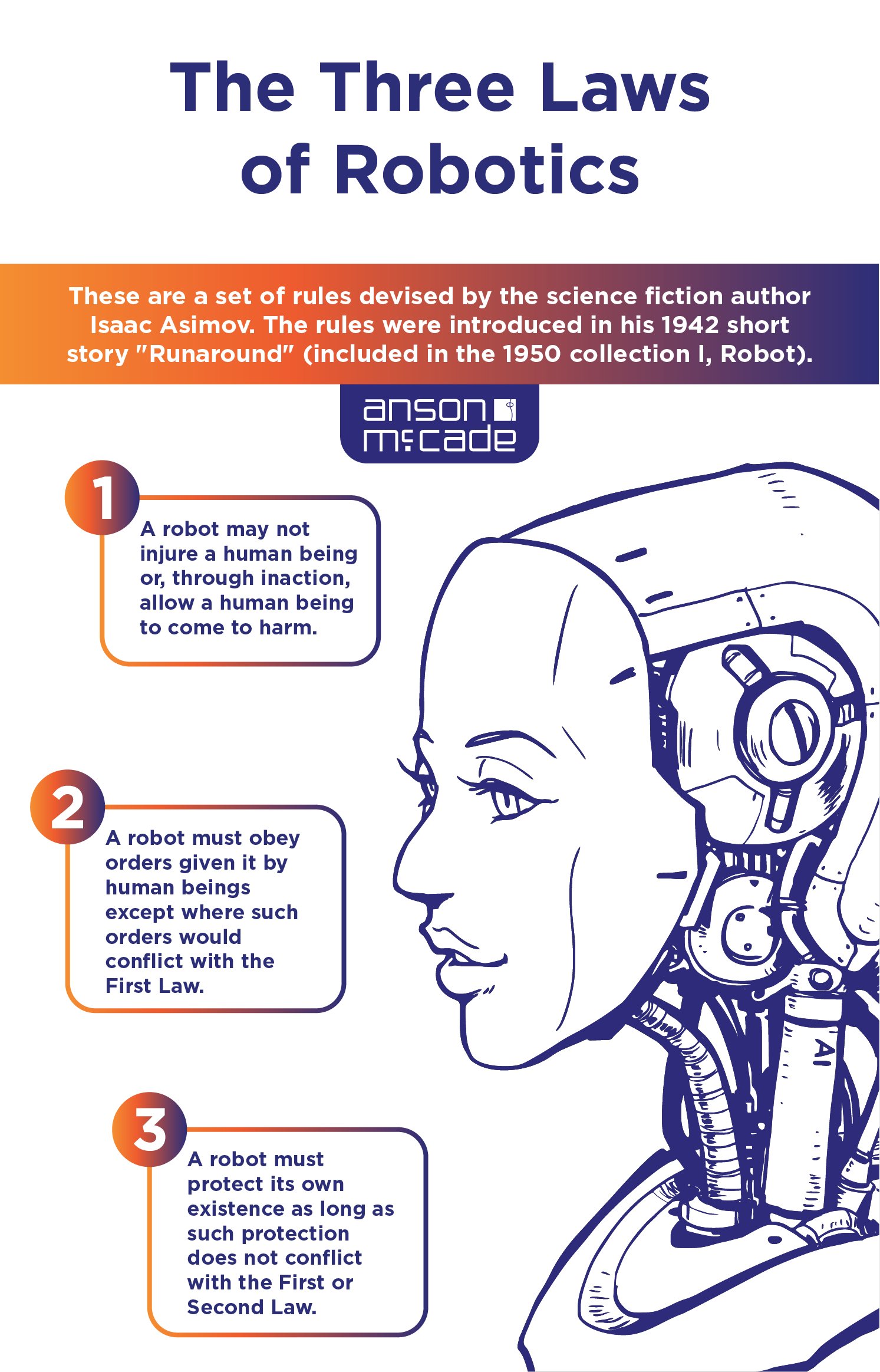

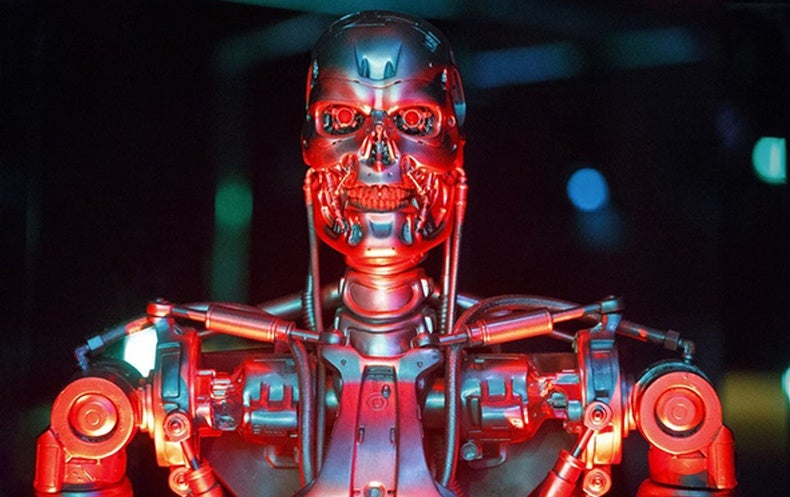






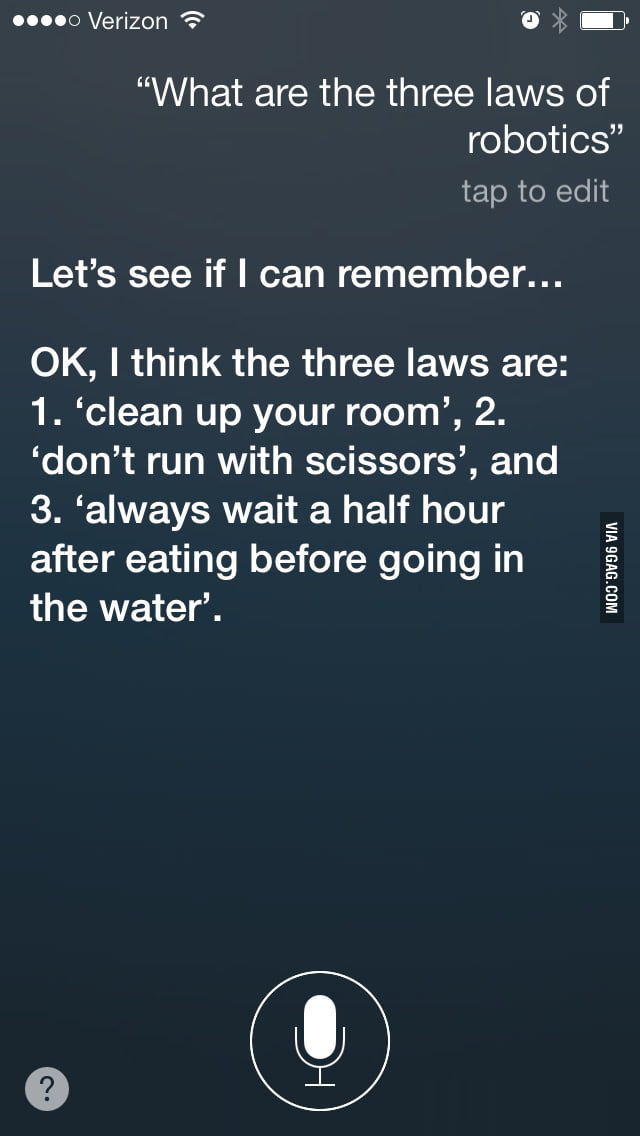
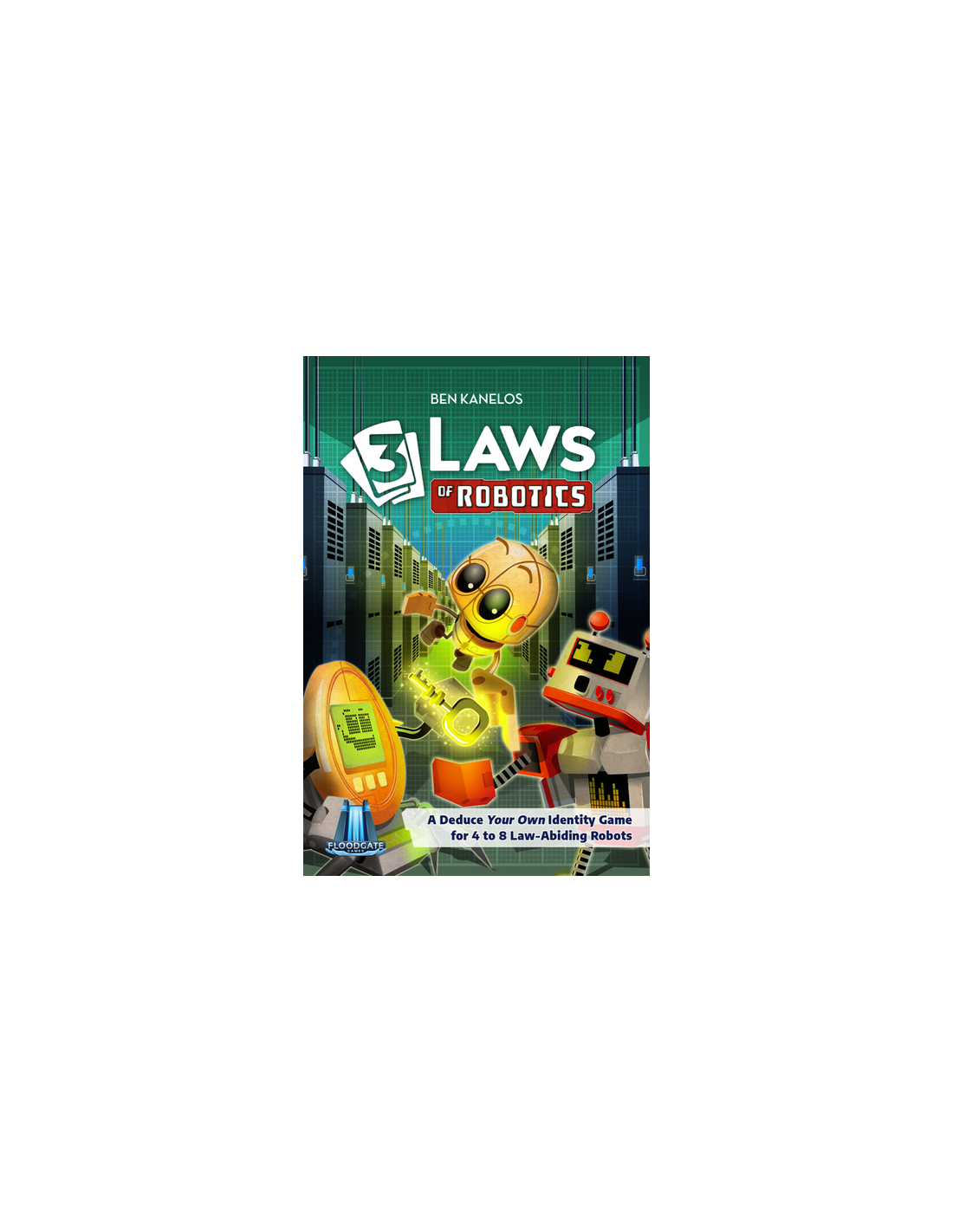
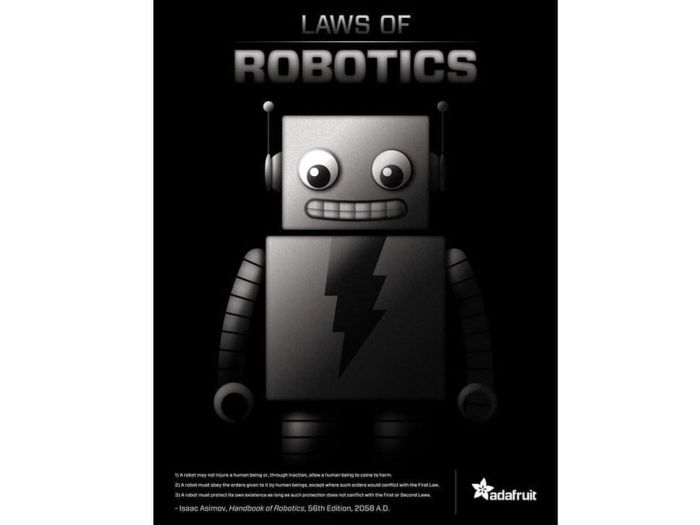


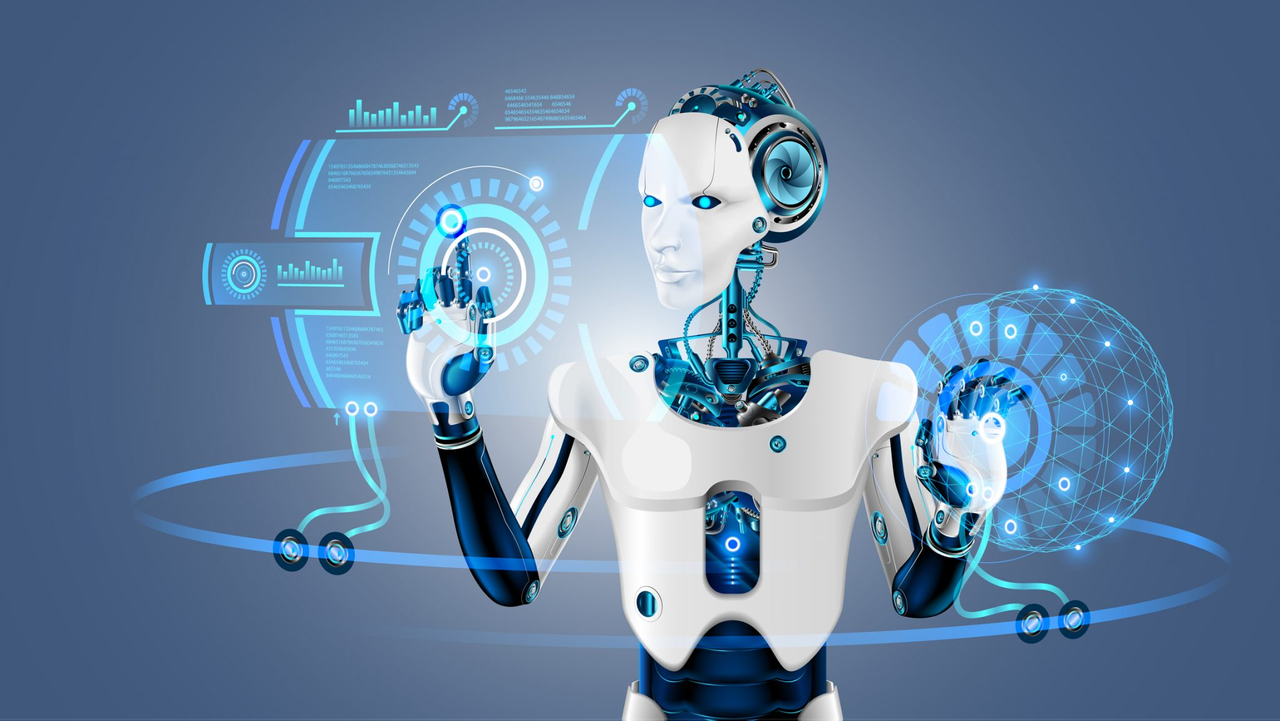
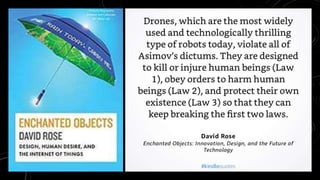



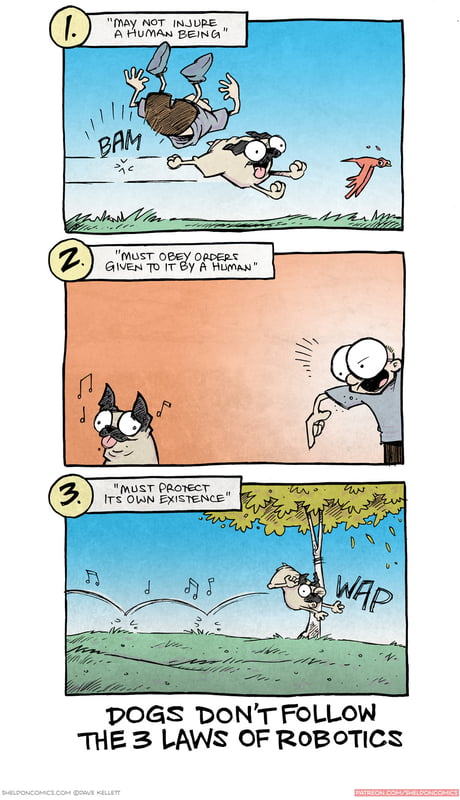
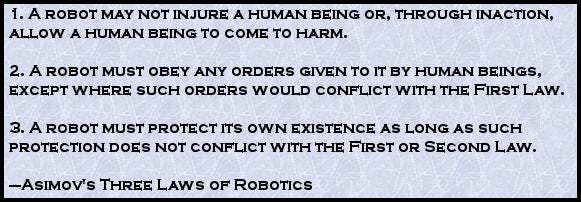


0 Response to "42 3 laws of robotics"
Post a Comment